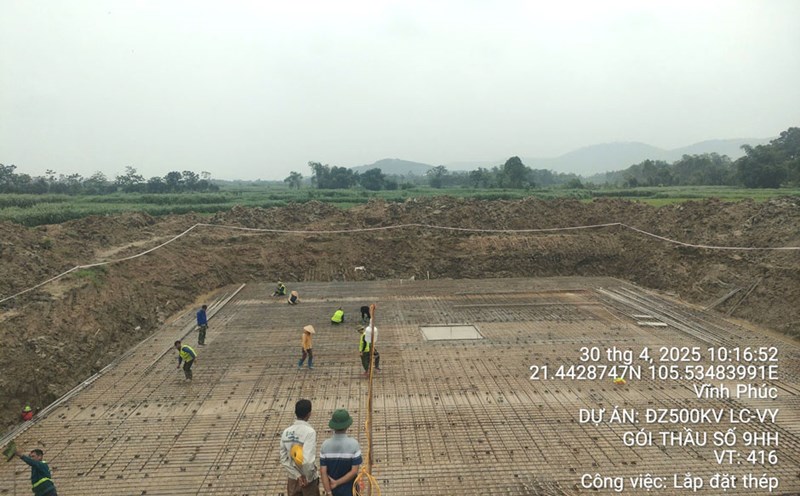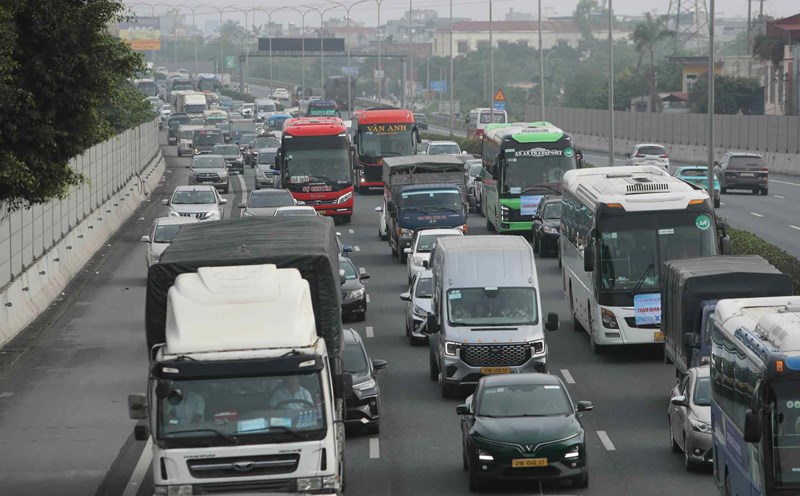International commitments and global trends on carbon neutrality
Climate change is one of the biggest challenges globally, requiring urgent and synchronous action from all countries. Since the Paris Agreement was adopted at COP21 (2015), the international community has stepped up efforts to keep global temperature increases below 2°C and strive not to exceed 1.5°C.
At the 26th and 27th Conference, participants in the United Nations Framework Convention on Climate Change (COP26 and COP27) made strong commitments: nearly 150 countries committed to bringing net emissions to 0 by 2050; more than 100 countries participated in the commitment to reduce global methane emissions by 2030; more than 140 countries participated in the illy Declaration of forest and land use leaders; 48 countries participated in the Global Declaration on Coal-fired Power Transition to Clean Energy; 150 countries participated in the Global Adaptative Action Alliance.
In that context, many major Vietnamese markets have taken action by issuing mandatory compliance regulations. The European Union is a pioneer in the European Green Area (EGD), the Fit for 55 Package and the carbon Border Adjustment Mechanism (CBAM). These regulations not only shape the internal market but also have a strong impact on countries exporting to the EU, including Vietnam. Together with CSRD and EUDR, these policies are gradually turning green transformation from voluntary to mandatory.
The US is pushing transformation through the IRA with a huge budget of $369 billion and new proposed laws such as FPFA, CCA or MCA - aiming for fair climate trade and reducing emissions from imported products. However, changes in government and policy views may affect the progress of these policies.
China pursues the dual carbon target of "30-60", building a $1+N framework policy and boosting investment in green technology, circular economy and ecosystems. The BRIGC initiative integrates sustainable development into the " Ring Road and Road", expanding China's environmental impact globally.
Japan also identified carbon neutrality by 2050, promoting innovation through the Green Growth Strategy and GX Policy, in which GX green bonds will mobilize about 150 trillion yen for green transformation in the next decade.
Green transformation is becoming a race at the global level. Major countries have been devoting a lot of resources and designing many legal and practical frameworks to promote green transformation in the country as well as create impact on other countries.
In that context, Vietnam has also made strong commitments from the Government and made its mark with the international community. At the COP26 Conference, Vietnam issued a statement to achieve a net emission of 0 by 2050 with international support; participated in the Global Statement on converting coal to clean energy, not building new coal-fired power plants after 2030 towards gradually reducing coal power from 2045; reducing methane emissions by 30% by 2030 compared to 2020; strengthening forest protection and land use management to reduce greenhouse gas emissions; participating in the global adaptation alliance....
At the COP28 Conference, Vietnam continued to demonstrate a strong commitment to the Paris Agreement by setting a target of reducing greenhouse gas emissions by 27% by 2030 compared to the normal development scenario, promoting equitable energy transition within the JETP framework, and committing to increase the share of renewable energy to 50% of total electricity capacity by 2030 - the highest in the region.
Vietnam also participated in a number of global initiatives such as the Global cooling commitment and strengthening international cooperation in the field of climate finance. At COP29, Vietnam reaffirmed its commitment to achieving net emissions of 0 by 2050, and announced the updated National Adaptation Plan (NAP) for the period 2021-2030 with 162 priority tasks.
Along with strong commitments, the Vietnamese Government has issued important strategies and policies. On October 1, 2021, the Prime Minister issued Decision No. 1658/QD-TTg approving the National Strategy on Green Growth for the period 2021-2030, 4 visiones for 2050, setting a general goal of "green growth contributing to promoting economic restructuring associated with growth model innovation, in order to achieve economic prosperity, environmental sustainability and social justice; towards a green, carbon-neutral economy and contributing to the goal of limiting global temperature increase".
Next, on July 22, 2022, the Prime Minister issued Decision No. 882/QD-TTg approving the National Action Plan on Green Growth for the period 2021-2030. To implement the Prime Minister's Decisions, ministries and branches will develop specific action plans to realize the green and sustainable growth goals set by the Government. Dynamism in some major markets of Vietnam Vietnam's economy is the world's leading opener. Any changes in major markets will create parallel motivations and pressures for Vietnamese enterprises.
The readiness and difficulties of businesses in green transformation
At the enterprise level, sustainable development has been widely focused on and implemented. KPMG's report in 2022 shows that 79% of the world's leading companies issue sustainability reports. In addition, 96% of companies in the G250 group have reports on sustainable development or ESG; 64% of companies consider climate change a risk to their business operations...
Faced with rapid changes in the international and domestic situation, Vietnamese enterprises need to proactively improve their adaptability to overcome increasing barriers and challenges. However, the readiness and conversion capacity of the majority of businesses still have limitations, reflecting the shortage of financial, technical, information and policy support environment resources.

Firstly, in terms of readiness, most businesses are only at the level of interest or have initial orientation. Up to 64% of enterprises have not yet taken any green transformation action, while only about 5.5% of enterprises have cut emissions in some activities and 3.8% have monitored and announced emission reduction results. This figure shows that most businesses are still in the preparation stage, not moving to planning or implementing specific green solutions.


Regarding the motivation to promote green transformation, the survey shows that internal factors play an important role. 51.9% of businesses said that green transformation helps optimize operational efficiency, while 36.7% said they are under pressure from customers and partners in the supply chain. However, new financial opportunities such as generating revenue from carbon credits or accessing preferential credit have not been fully identified: only 22.7% of businesses see this as an important driving force. This shows that market tools have not been exploited effectively, partly reflecting the limitations in information and technical capacity of businesses as well as the urgent need to increase the role of the above tools.

Regarding barriers, survey results show that lack of investment capital is the biggest challenge, chosen by 50% of businesses. Next is the lack of appropriate technical personnel (46%) and the lack of green technology solutions (42%). In addition, many small and medium-sized enterprises still have difficulty accessing information, technical records and requirements from banks, making it difficult for them to meet the criteria for accessing green credit.
The capacity to build and manage green transformation projects is still weak, especially in areas that require high technology or strict emission certification processes. The internal resources of private enterprises are unstable in the context of being under pressure to transform will create double difficulties for enterprises. According to the White Book of Enterprises in 2024, in 2022, up to 47.1% of private enterprises will have loss business results out of more than 710,000 operating enterprises.
The survey results show that Vietnamese private enterprises are in the early stages of the green transformation process. Although awareness has been formed and there are certain internal motivations, financial barriers, technical capacity and the lack of a synchronous support ecosystem are still major obstacles.












